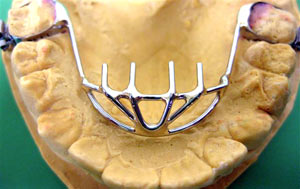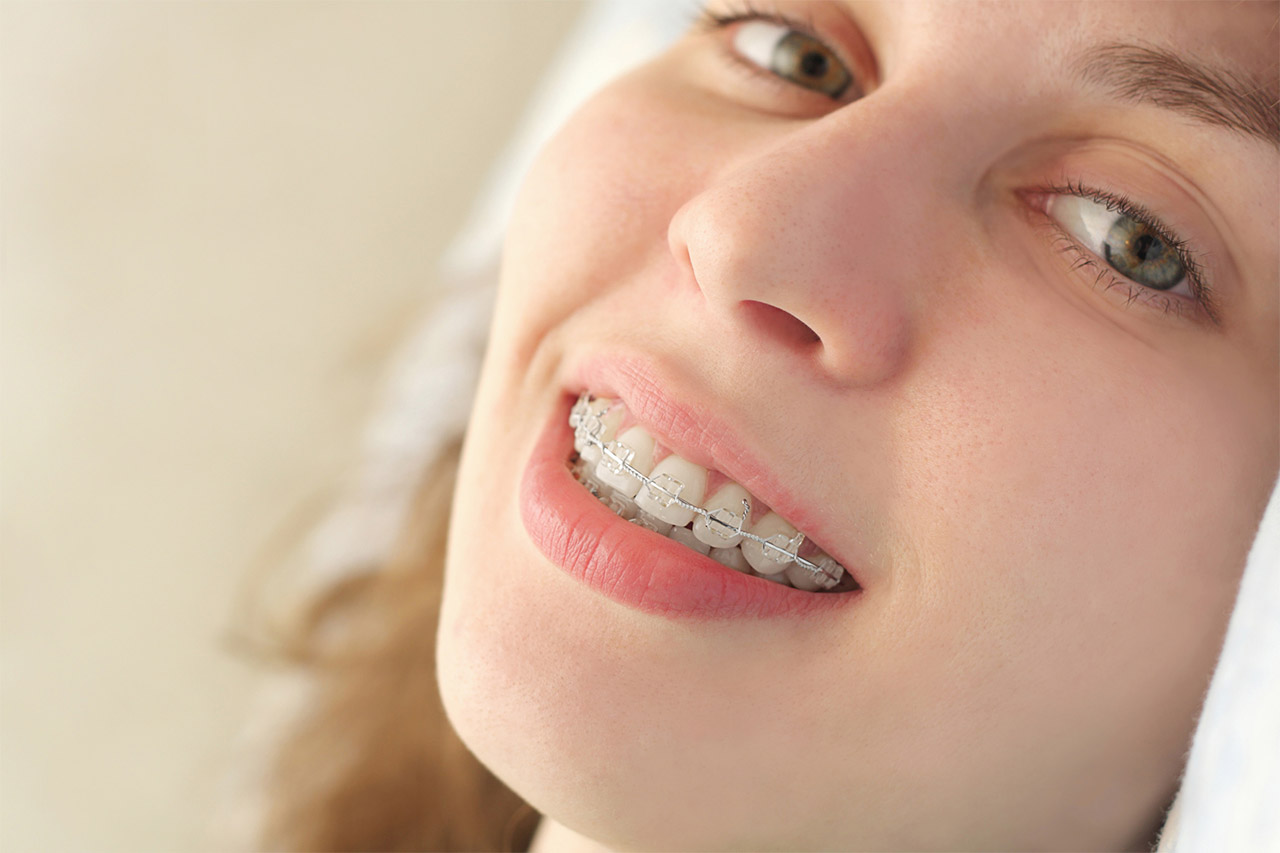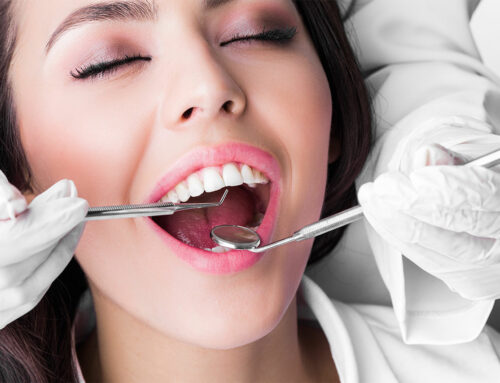 When it comes to braces, orthodontists have to look beyond the actual position of the teeth. The tongue and other factors are also major considerations.
When it comes to braces, orthodontists have to look beyond the actual position of the teeth. The tongue and other factors are also major considerations.
The Tongue
The tongue can have a dramatic impact on the development of the mouth and teeth. Ideally, the tongue should rest in the top of your mouth and provide an internal support system for the upper jaw. When someone has a tongue thrust or a mouth breathing problem, the tongue rests in the bottom of the mouth, which means that the support system simply isn’t in place.
At the same time, the tongue is constantly resting against the front teeth, and every time we swallow, it pushes forward. These two factors can cause the teeth to move.
When we lose our baby teeth, and the adult teeth are growing in, the position of the tongue can cause the adult teeth to grow in crooked. Specifically, when a child has a tongue thrust, the adult teeth tend to grow in more widely spaced, angled towards the lips and in what dentist call an open bite (where the top and bottom teeth don’t overlap).
Braces At A Young Age
Once a child is ready to have braces, the dental problems caused by a tongue thrust will be a concern during and after the orthodontic treatment. This is because the muscular issues haven’t actually been addressed.
A tongue thrust and mouth breathing will:
- Make treatment generally much more difficult for the orthodontist, because spaces are harder to close and teeth are more difficult to align.
- Slow down your orthodontic treatment, meaning that braces need to be worn for a longer period of time.
- Make your teeth move again after the braces are removed, which can lead to needing braces multiple times.
Myofunctional therapy can address all the issues caused by a tongue thrust and mouth breathing that make orthodontic treatment more challenging.
The Right Time To Start Myofunctional Therapy
Children’s faces, jaws, teeth and bodies grow and change at such incredible rates. This means that myofunctional therapy will have optimal results if done during this growth phase rather than later in life.
The ideal time to start a therapy program is before the braces are put on. However, myofunctional therapy can significantly improve the results of orthodontic treatment at any time, even when the braces are on the teeth.
After the braces have been removed and the teeth have started to shift, it’s still not too late to start myofunctional therapy. Many of the adult patients I see come to me for this exact reason. They would like to have braces for a second or third time but their orthodontist says they need to fix their tongue thrust first.
Orthodontists And Appliances
Orthodontists acknowledge that the tongue can be troublesome when it comes to straightening the teeth. They’ve developed a range of appliances to “tame” the tongue but the swallowing pattern, and the associated tongue thrust might not be permanently changed.
 What I do however, is teach exercises that retrain the facial muscles to help both children and adults gain control over their tongue. This can, and does totally eliminate tongue thrusting habits.
What I do however, is teach exercises that retrain the facial muscles to help both children and adults gain control over their tongue. This can, and does totally eliminate tongue thrusting habits.
Besides affecting braces, a tongue thrust can also have a lasting negative impact on a person’s general health, speech, dental health, swallowing and breathing throughout life.
If you’d like to find out more about our practice, click here to get in touch.




